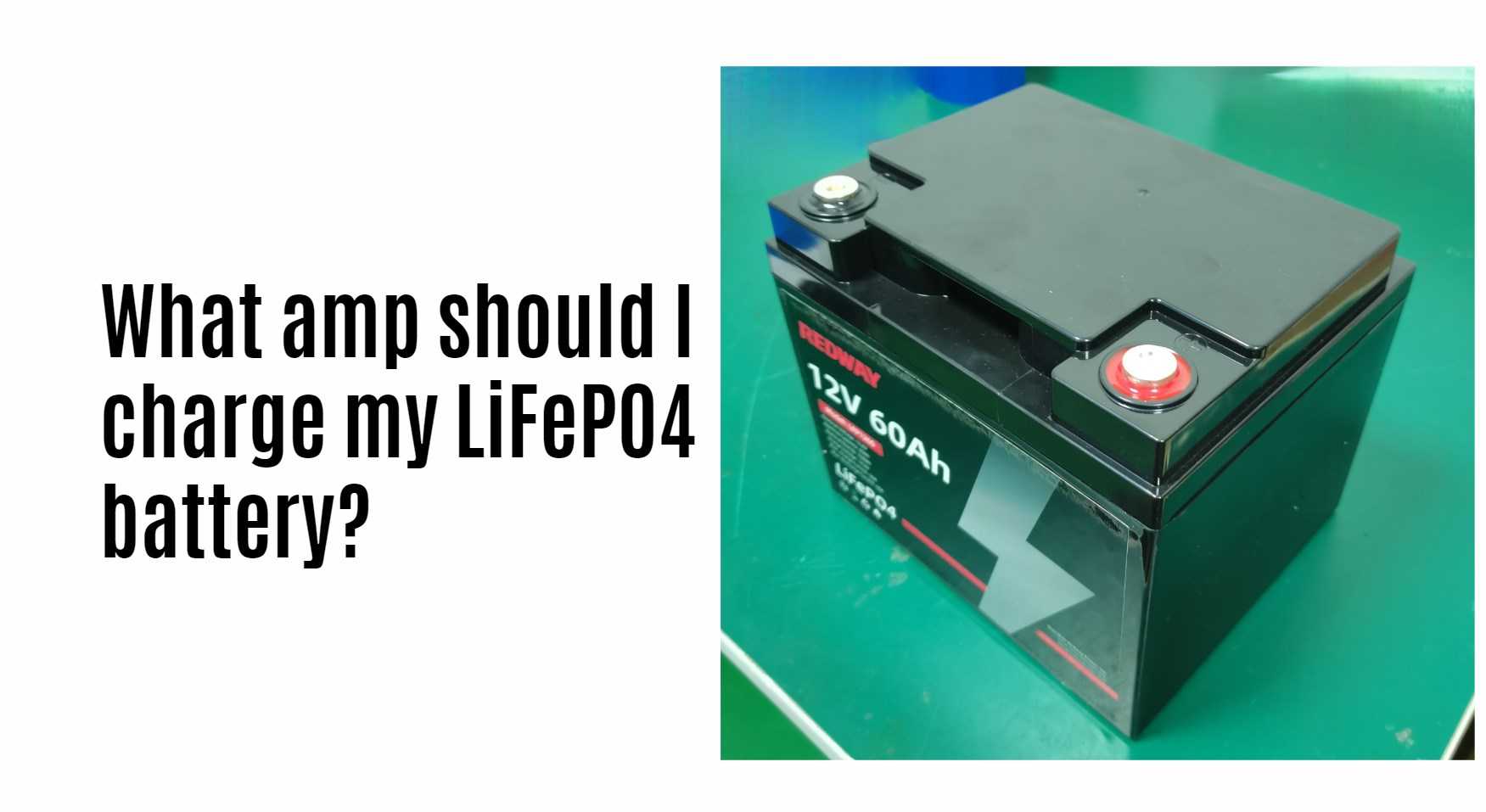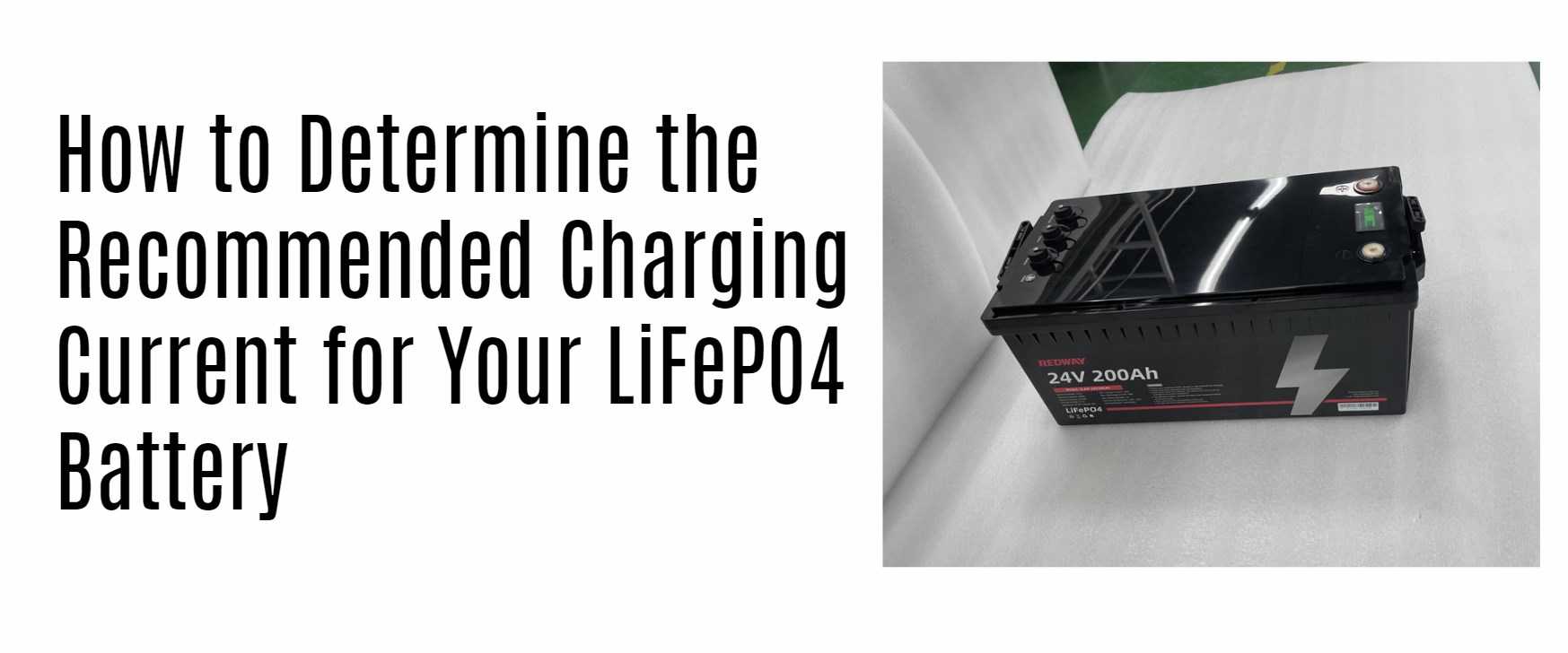Charging your Lithium Iron Phosphate (LiFePO4) battery correctly is essential for maximizing its performance, longevity, and safety. Understanding the appropriate charging current (measured in amps) is crucial for ensuring that your battery operates efficiently and remains in optimal condition. In this article, we will explore the recommended charging amps for LiFePO4 batteries, factors influencing charging rates, and best practices to follow.
1. Understanding LiFePO4 Battery Basics
1.1 What is a LiFePO4 Battery?
LiFePO4 batteries are a type of lithium-ion battery that uses lithium iron phosphate as the cathode material. They are known for their:
Wholesale lithium golf cart batteries with 10-year life? Check here.
- Safety: Reduced risk of thermal runaway compared to other lithium-ion chemistries.
- Longevity: Typically offer a cycle life of 2000 to 5000 cycles.
- Environmental Friendliness: Less toxic materials make them more eco-friendly.
1.2 Charging Characteristics
To ensure optimal performance, it is essential to understand the specific charging characteristics of LiFePO4 batteries:
Want OEM lithium forklift batteries at wholesale prices? Check here.
- Nominal Voltage: Approximately 3.2 to 3.3 volts per cell.
- Full Charge Voltage: Typically between 3.6 and 3.65 volts per cell.
- Recommended Charging Current: Generally between 0.5C and 1C, where C represents the capacity of the battery in amp-hours (Ah).
2. Recommended Charging Amps for LiFePO4 Batteries
2.1 General Guidelines
The recommended charging current for LiFePO4 batteries usually falls within the following ranges:
- 0.5C Charging Rate: This is a safe and commonly used rate for most applications, allowing for gradual charging and minimizing stress on the battery.
- 1C Charging Rate: This faster rate can be used if the battery is designed to handle it, but it may lead to increased wear over time.
2.2 Calculating Charging Amps
To determine the appropriate charging current:
- For a battery rated at 100Ah, a 0.5C charge would be:
- 100Ah×0.5=50A100Ah×0.5=50A
- A 1C charge would be:
- 100Ah×1=100A100Ah×1=100A
| Battery Capacity (Ah) | Recommended Charging Current (0.5C) | Recommended Charging Current (1C) |
|---|---|---|
| 50Ah | 25A | 50A |
| 100Ah | 50A | 100A |
| 200Ah | 100A | 200A |
3. Factors Influencing Charging Rates
3.1 Battery Age and Condition
The age and condition of your LiFePO4 battery can influence how it should be charged:
- Older batteries may benefit from lower charging currents to prevent further degradation.
3.2 Temperature Conditions
Temperature significantly affects charging performance:
- Optimal charging occurs within a temperature range of 0°C to 45°C (32°F to 113°F).
- Avoid charging at extreme temperatures, as this can lead to reduced efficiency and potential damage.
3.3 Manufacturer Specifications
Always consult the manufacturer’s guidelines for specific recommendations regarding charging rates:
- Different brands or models may have varying tolerances for charging currents.
4. Best Practices for Charging LiFePO4 Batteries
4.1 Use Quality Chargers
Invest in high-quality chargers specifically designed for LiFePO4 batteries:
- Ensure that chargers have built-in safety features such as over-voltage protection and temperature monitoring.
4.2 Monitor Charging Conditions
Regularly monitor your charging environment:
- Ensure adequate ventilation during charging to dissipate heat.
- Avoid exposing the battery to extreme temperatures during operation.
4.3 Regular Inspections
Conduct regular inspections of your battery system:
- Look for signs of wear or damage on terminals and cables.
- Clean any corrosion promptly using a mixture of baking soda and water.
5. Latest Developments in Battery Technology
Recent advancements in lithium battery technology continue to enhance performance and safety features:
- Innovations such as smart battery management systems (BMS) allow users better monitoring capabilities.
- Research into solid-state batteries promises increased energy density and improved safety characteristics in future models.
6. Frequently Asked Questions (FAQs)
6.1 Can I charge my LiFePO4 battery faster than 1C?
While it’s possible with some batteries designed for high rates, it’s generally not recommended as it may reduce lifespan.
6.2 How long does it take to charge a LiFePO4 battery?
Charging time varies based on capacity and charger specifications but typically ranges from 2 to 8 hours for full charge.
6.3 What should I do if my battery overheats during charging?
Immediately disconnect it from any power source and allow it to cool down in a safe area away from flammable materials.
7. Conclusion
In conclusion, understanding how many amps to charge your Lithium Iron Phosphate (LiFePO4) battery is essential for maximizing its performance and lifespan. By adhering to recommended charging practices—such as using dedicated chargers, monitoring conditions, and following manufacturer guidelines—you can ensure that your LiFePO4 batteries operate efficiently and safely throughout their lifecycle.At Redway Battery, we specialize in manufacturing high-quality Lithium LiFePO4 solutions tailored to meet diverse customer needs worldwide. With our extensive experience in this field, we provide custom solutions quickly for wholesale and OEM customers. For a quick quote or more information about our products, please contact us today!







